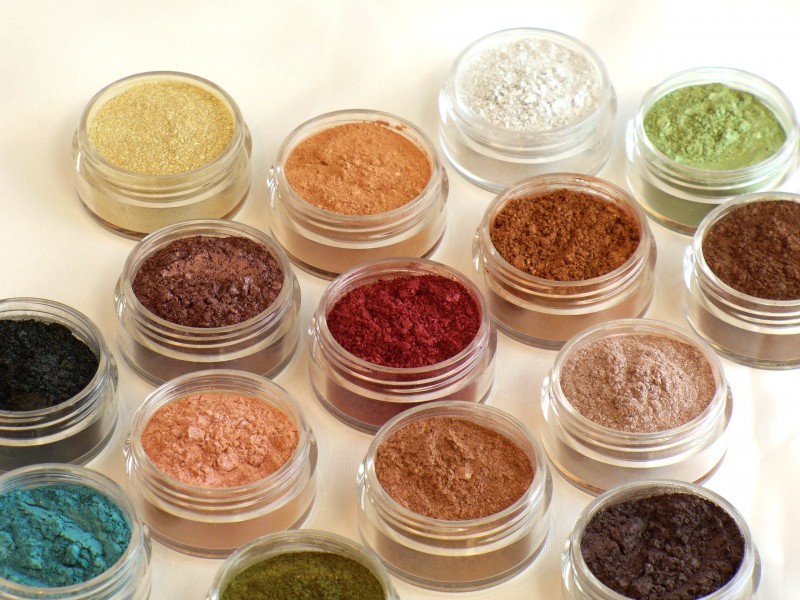According to experts, even organic brands or brands concerned about the quality and origin of their products find it difficult to dispense with all chemical products. First of all, because products containing plant extracts are susceptible to the risks of microbial proliferation, hence the use of chemical preservatives such as methylparaben (E216) and propylparaben (E216): two allergenic products suspected of being harmful to health. Next, because it would also be necessary to resort to chemical modifications to increase the bioavailability of the product, that is to say, its ability to be used by the skin. So organic does not mean 100% additive-free or 100% risk-free. Even allergies are possible.
Quality Standard Marks To Guide You
So, to limit the risks, there is a need to avoid chemical products suspected of being harmful, such as PGEs or parabens. The only solution is therefore to scrutinize product labels and check the quality standard marks. There are three of them:
- The Ecolabel: a minimum of 50% plant-based ingredients come from monitored organic farming and they must account for at least 5% of the total ingredients.
- The Biolabel: a minimum of 95% of the plants used are organic and represent 10% of the total ingredients.
- The “Nature et Progrès” label, the strictest one, as all the ingredients used must be organic.
To find out more, read La revolution bio (The Organic Revolution), by Marie-Odile Delacour and Jean-René Huleu (publishers: La découverte) and go to www.quefaire.be to find all the organic places near you.







